The past 25 years have been an uphill journey for the HR function
HR Brew
MARCH 21, 2025
If that doesnt make you feel old, just think about how much HR has changed over the span of their lifetimes. When Liz Bronson started her HR career as a recruiter in the early 2000s, her days consisted of a lot more phone callsand paperwork. So much is different, she told HR Brew, and so much isnt.





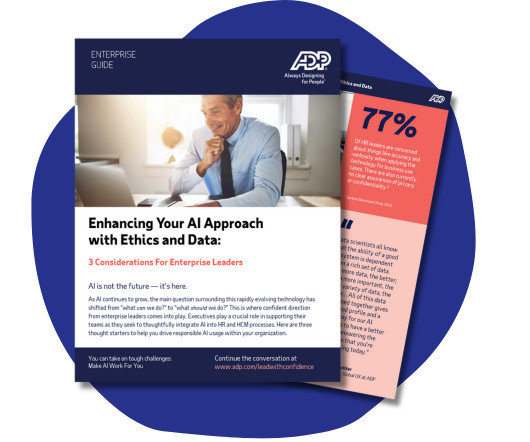


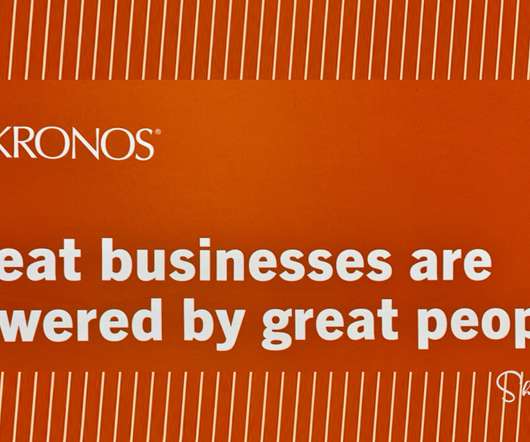








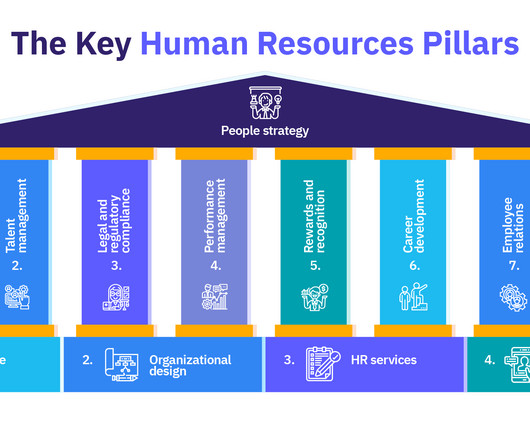

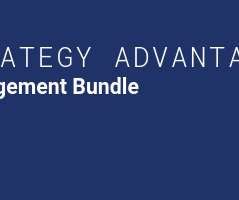
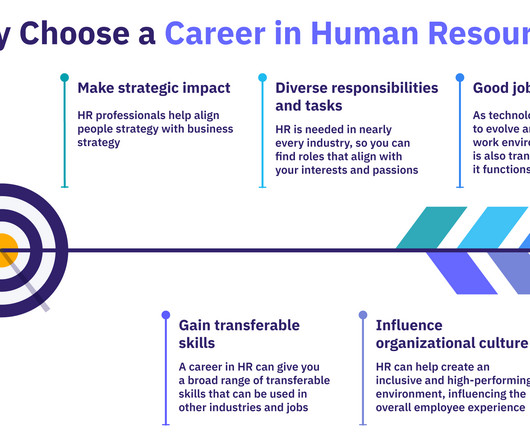
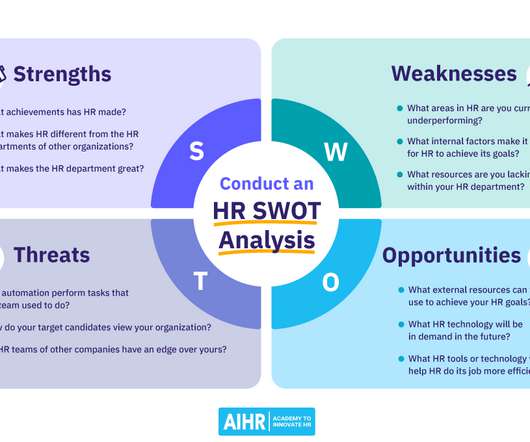
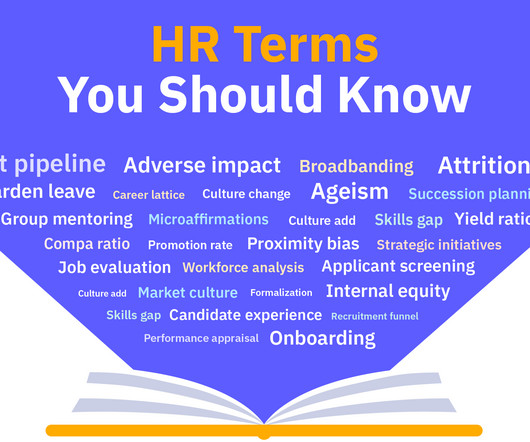
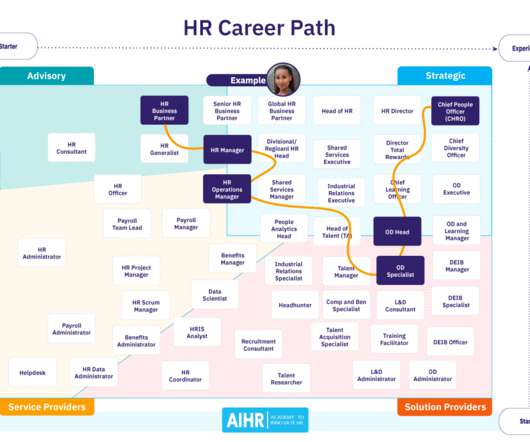







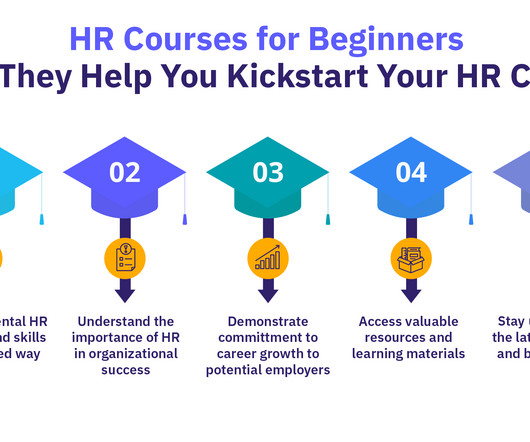











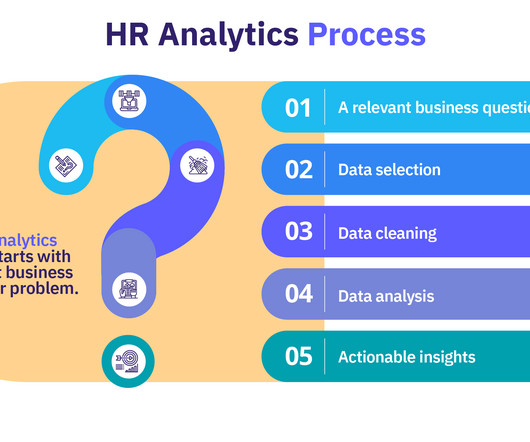











Let's personalize your content